Kavala, often referred to as the “Blue City” due to its stunning coastal scenery, is a hidden gem in northern Greece that offers a mix of natural beauty, historical significance, and cultural vibrancy.
Kavala is a city that effortlessly weaves together the threads of history, culture, and natural beauty. Often overlooked by travelers in favor of more well-known Greek destinations, Kavala remains one of the country’s best-kept secrets, offering an authentic and immersive experience that’s hard to find in the more tourist-heavy spots. Imagine a place where ancient ruins stand proudly amidst vibrant modern life, where the scent of the sea mingles with the aromas of fresh seafood being grilled at a local taverna, and where every corner reveals a story waiting to be discovered. This is Kavala—a city where the past and present coexist in perfect harmony, inviting you to explore its winding streets, historic landmarks, and stunning beaches. Whether you’re a history buff, a nature lover, or simply someone seeking a tranquil escape, Kavala promises to captivate your heart and leave you longing to return.
Here’s a guide to the best sites-places you should visit in this captivating city.
1. The Imaret
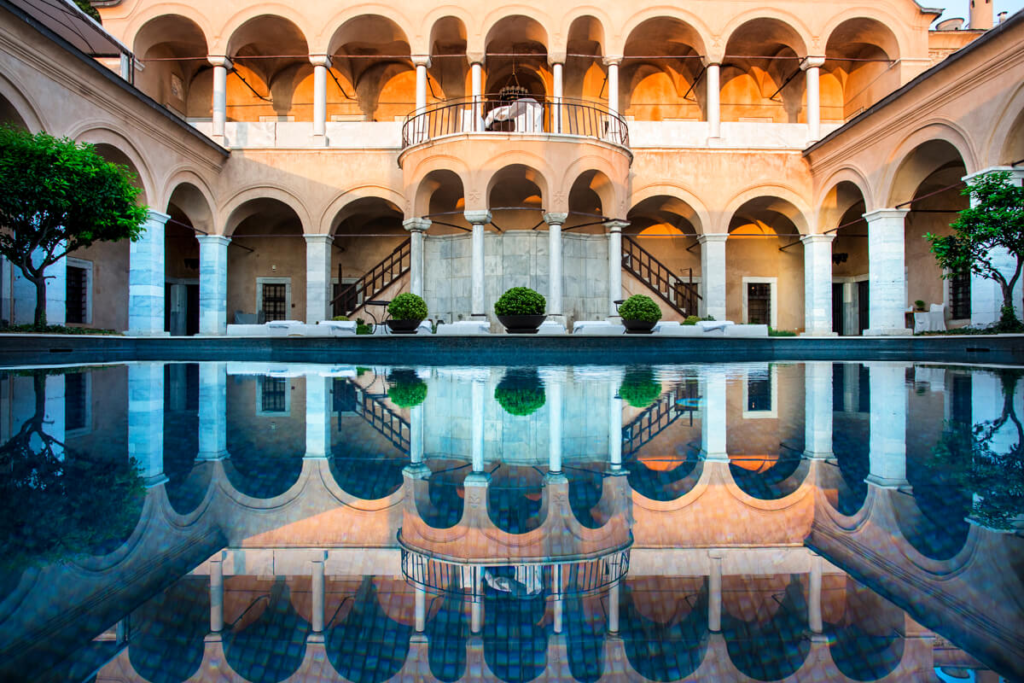
The Imaret is one of Kavala’s most iconic landmarks, a beautiful blend of Ottoman and Greek architecture that dates back to 1817. Originally built as a religious and educational institution by Mehmet Ali Pasha, the founder of modern Egypt, it now serves as a luxurious hotel and museum. The Imaret’s stunning architecture, with its domes, courtyards, and intricate mosaics, offers a glimpse into the city’s Ottoman past.
Visitors can take a guided tour to explore the building’s history or enjoy a cup of coffee in its tranquil garden. The Imaret is also a great spot for photography, with its picturesque views of the city and the sea. According to recent statistics, the Imaret attracts over 100,000 visitors annually, making it one of Kavala’s most visited sites.
2. Kavala Fortress
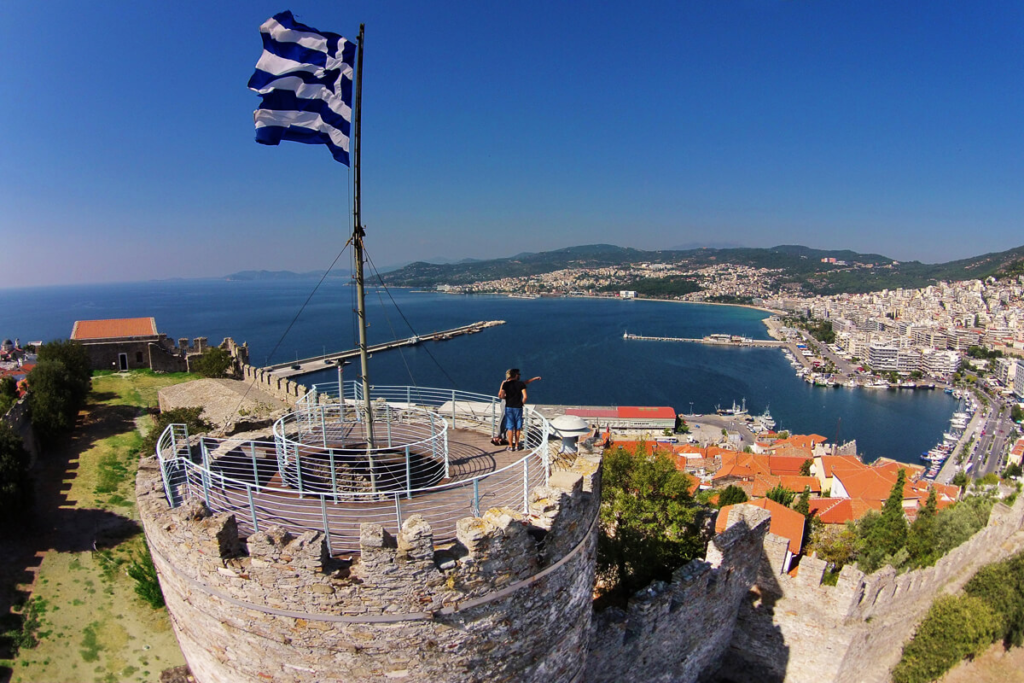
Perched high above the city, the Kavala Fortress offers panoramic views of the Aegean Sea and the city below. This medieval castle was originally built by the Byzantines in the 5th century and later fortified by the Ottomans. The fortress’s massive walls and towers stand as a testament to the city’s strategic importance throughout history.
Exploring the fortress is like taking a step back in time. You can wander through its ancient corridors, visit the restored chapel, and climb the towers for breathtaking views. The fortress is also home to a summer theater, where cultural events and performances are held, drawing both locals and tourists. In recent years, the Kavala Fortress has seen a 15% increase in visitor numbers, highlighting its growing popularity as a tourist destination.
3. The Aqueduct of Kavala (Kamares)
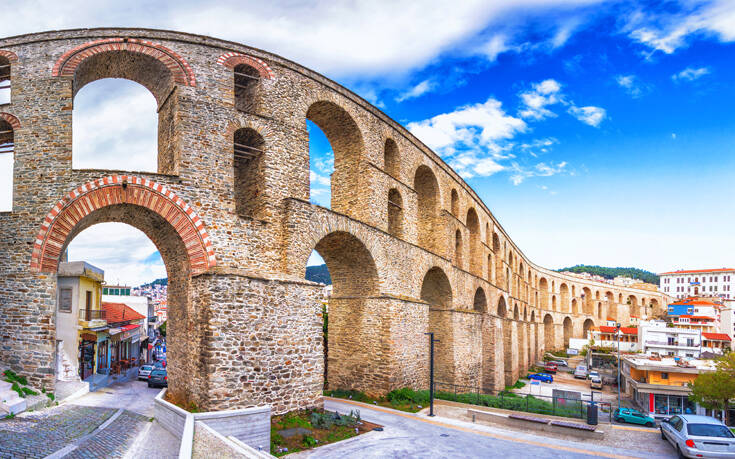
One of the most striking landmarks in Kavala is the ancient aqueduct, known locally as Kamares. This impressive structure, built in the 16th century during the Ottoman era, stretches for 280 meters across the city. The aqueduct, with its 60 arches, is a marvel of engineering and a symbol of Kavala’s rich history.
The aqueduct once supplied water to the city and the nearby castle, and today, it stands as a beautiful relic of the past. Walking beneath its arches, you can feel the history that permeates the air. The aqueduct is also a popular spot for photographers, particularly at sunrise or sunset when the light creates a magical atmosphere. Kamares is not just a historical site but also a focal point in the city, with many local festivals and events taking place around it.
4. Archaeological Museum of Kavala
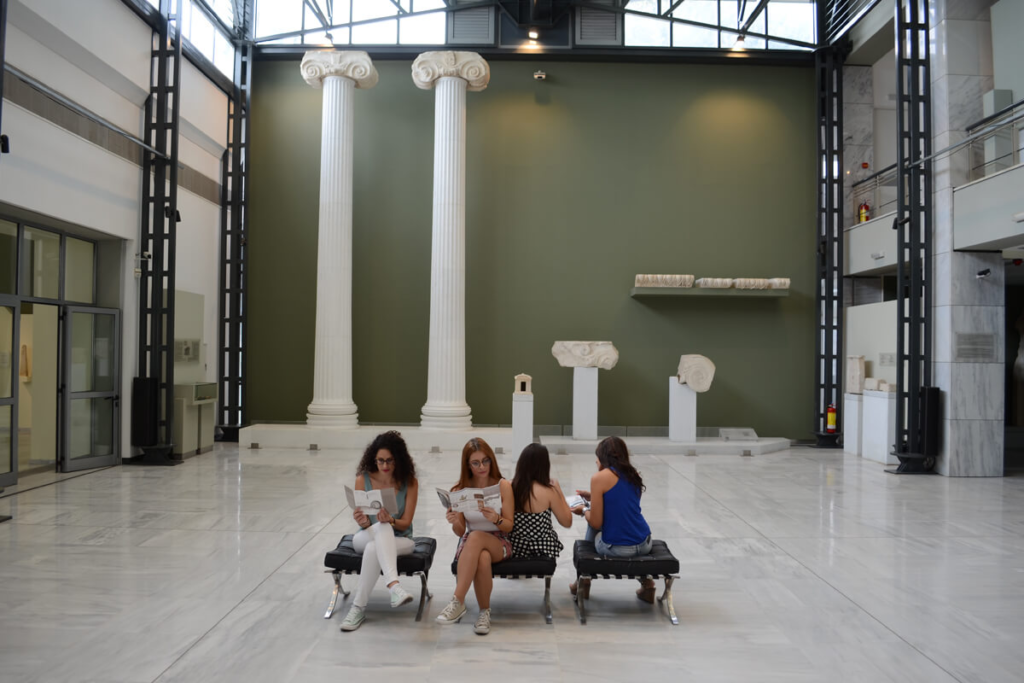
For history enthusiasts, the Archaeological Museum of Kavala is a must-visit. The museum houses an extensive collection of artifacts from the ancient city of Neapolis, the predecessor of modern Kavala, as well as from the surrounding region. Exhibits include ancient coins, pottery, sculptures, and tools that provide insight into the daily life of the region’s early inhabitants.
The museum’s layout is user-friendly, with informative displays in both Greek and English, making it accessible to international visitors. One of the highlights is the section dedicated to the Sanctuary of the Great Gods of Samothrace, which features impressive sculptures and religious artifacts. The museum attracts around 50,000 visitors each year, and its collections are constantly being updated with new finds from ongoing excavations.
5. Philippi Archaeological Site
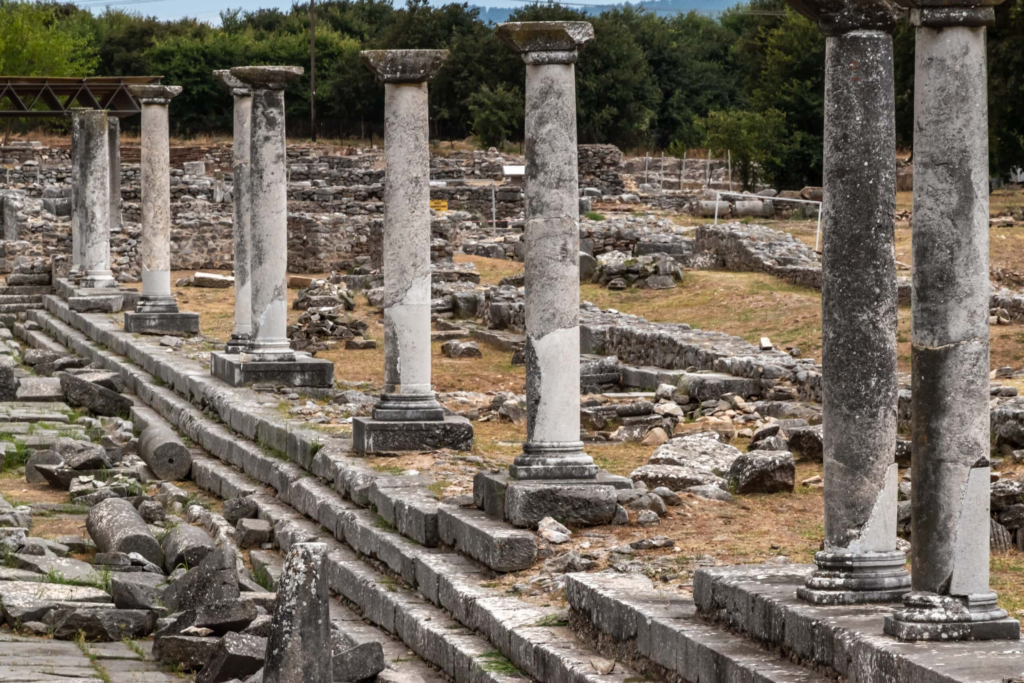
Just a short drive from Kavala lies the ancient city of Philippi, a UNESCO World Heritage Site. Founded by Philip II of Macedon in 356 BC, Philippi is one of the most important archaeological sites in Greece. The site is famous for the Battle of Philippi in 42 BC, where the forces of Mark Antony and Octavian defeated those of Julius Caesar’s assassins, Brutus and Cassius.
Visitors to Philippi can explore the well-preserved ruins, including the ancient theater, forum, and basilica. The site also features the remains of early Christian churches, as Philippi is the place where the Apostle Paul established the first Christian community in Europe. With over 100,000 visitors each year, Philippi is a major draw for both history lovers and those interested in religious tourism.
6. Panagia Old Town
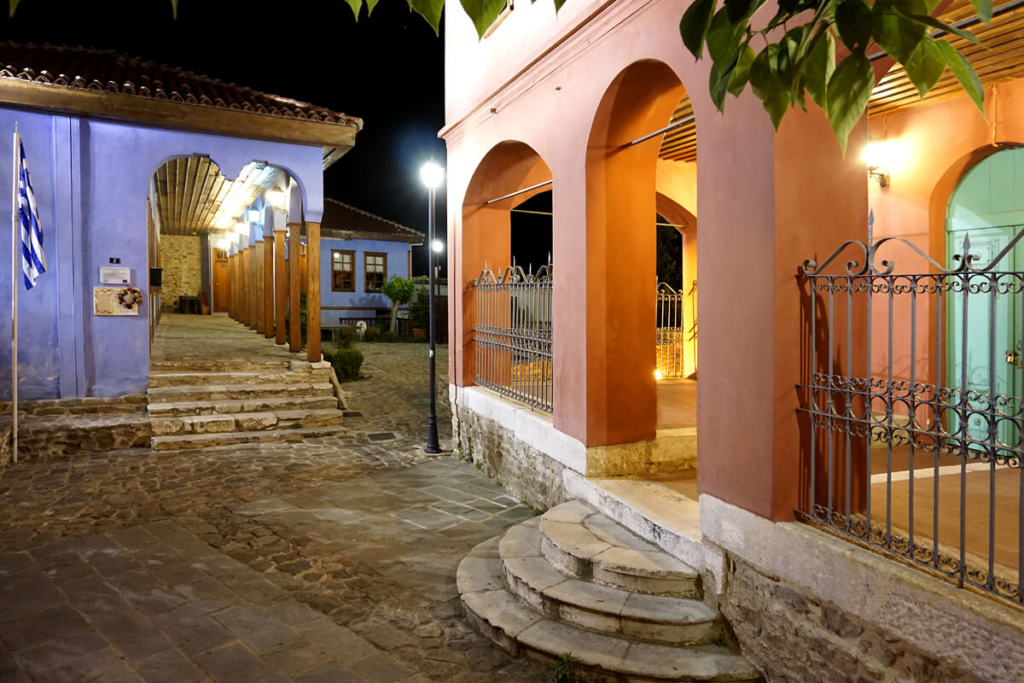
Panagia is the old town of Kavala, a charming district with narrow, winding streets, traditional houses, and stunning views of the sea. This area is a delight to explore on foot, with every corner revealing a piece of Kavala’s past. The old town is home to several historic buildings, including the Halil Bey Mosque and the house of Mehmet Ali Pasha, which is now a museum.
One of the best ways to experience Panagia is to simply wander through its streets, stopping at a local café or taverna to enjoy some authentic Greek cuisine. The old town’s vibrant atmosphere, combined with its rich history, makes it a favorite among tourists. Panagia has seen a 20% increase in visitor numbers over the past few years, as more people discover its unique charm.
7. Batis Beach

No visit to Kavala would be complete without spending some time at the beach, and Batis Beach is one of the best. Located just a few kilometers from the city center, Batis Beach offers crystal-clear waters, golden sand, and excellent facilities. The beach is well-organized, with sunbeds, umbrellas, and a beach bar serving refreshing drinks and snacks.
Batis Beach is popular with both locals and tourists, especially during the summer months. The calm waters make it ideal for swimming, while the surrounding area offers plenty of opportunities for water sports and beach volleyball. Batis Beach is also known for its vibrant nightlife, with beach parties and live music events held regularly. According to recent tourism data, Batis Beach welcomes over 80,000 visitors each summer, making it one of the most frequented beaches in the region.
Tips and Advice
When planning your trip to Kavala, consider visiting during the shoulder seasons of spring and autumn when the weather is pleasant, and the crowds are smaller. If you’re visiting during the summer, be sure to book your accommodations in advance, as Kavala is becoming increasingly popular among tourists.
Public transportation in Kavala is reliable, but renting a car gives you the flexibility to explore the surrounding areas at your own pace. Also, don’t forget to try the local cuisine, especially the fresh seafood, which is a highlight of the region.
Kavala is a city that beautifully combines history, culture, and natural beauty. Whether you’re exploring its ancient sites, enjoying the local food, or simply relaxing on the beach, Kavala offers an unforgettable experience for every traveler.
Read this article : Must Try Food in Greece: Land of Myths and Flavors








